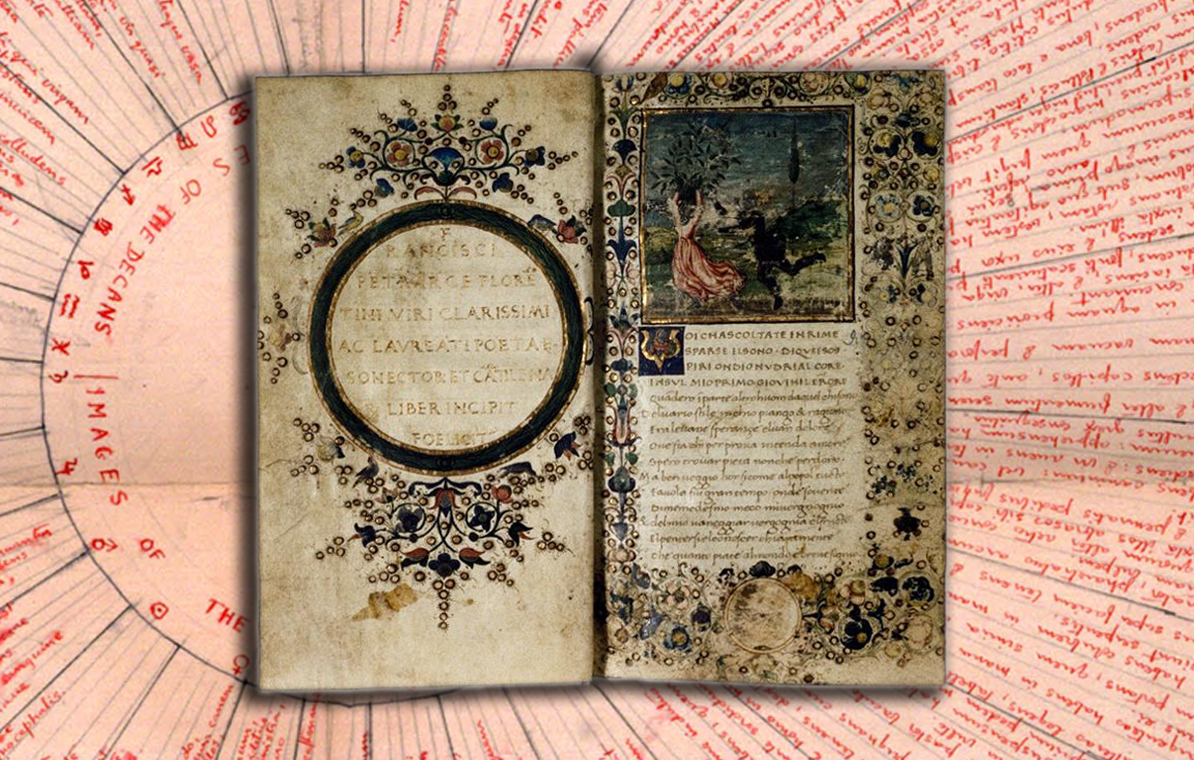<i>Rerum vulgarium fragmenta</i>: From Manuscript to Print
DOI:
https://doi.org/10.5399/uo/hsda.1.1.1211Abstract
After describing the close relation between Petrarch’s and Dante’s conceptions of canzone form, this article explores the formats followed by Petrarch and his scribe Giovanni Malpaghini in their transcriptions in Vat. Lat. 3195. Giovanni’s traditional horizontal format allows for certain striking effects of collocation (as of 125-126) and for minimal page turns in canzoni; however, the vertical format of the sestinas and the vertical alignment of even-numbered verses in Petrarch’s own transcriptions of sonnets and canzoni suggest a gradually increasing sense of the possibilities of vertical format.Downloads
Published
2011-02-05
Issue
Section
Perspectives
License
Copyright (c) 2011 Robert M. Durling

This work is licensed under a Creative Commons Attribution-NoDerivatives 4.0 International License.
Authors who publish with this journal agree to the following terms:
- Authors retain copyright and grant the journal right of first publication with the work licensed under a Creative Commons Attribution No Derivatives License that allows others to share the work with an acknowledgement of the work's authorship and initial publication in this journal.
- Article and journal metadata is released under a Creative Commons Attribution license.
- Authors may enter into separate, additional contractual arrangements for the non-exclusive distribution of the journal's published version of the work (e.g., post it to an institutional repository or publish it in a book), with an acknowledgement of its initial publication in this journal.
- Authors are permitted to post their work online (e.g., in institutional repositories or on their website) prior to and during the submission process, as this can lead to productive exchanges, as well as earlier and greater citation of published work (See The Effect of Open Access). Indicate that the manuscript is under submission.

